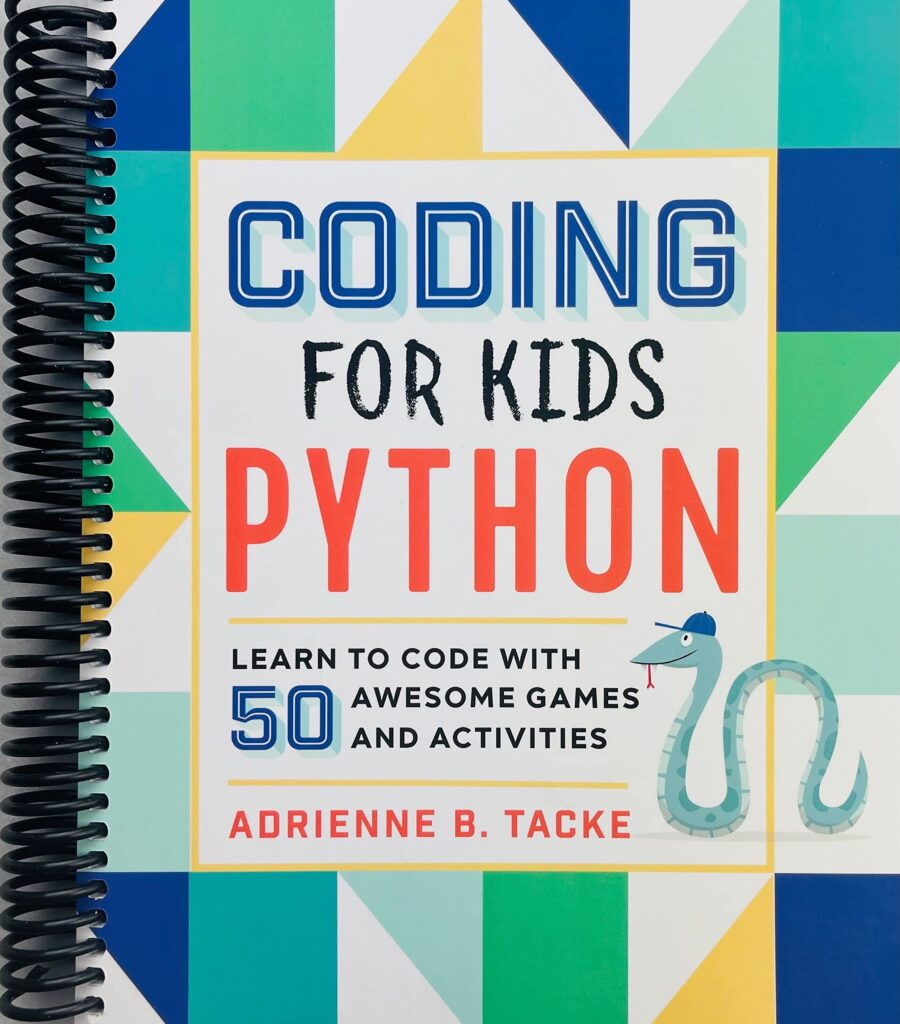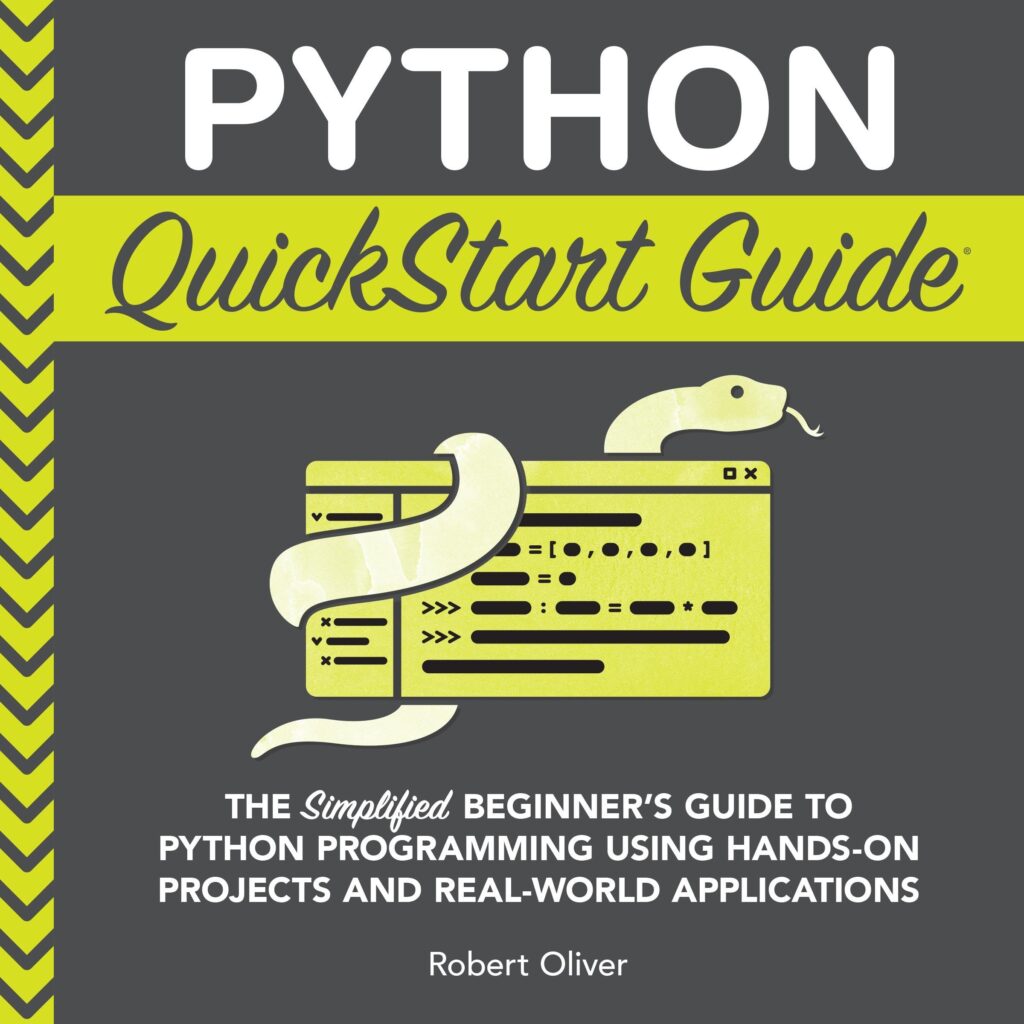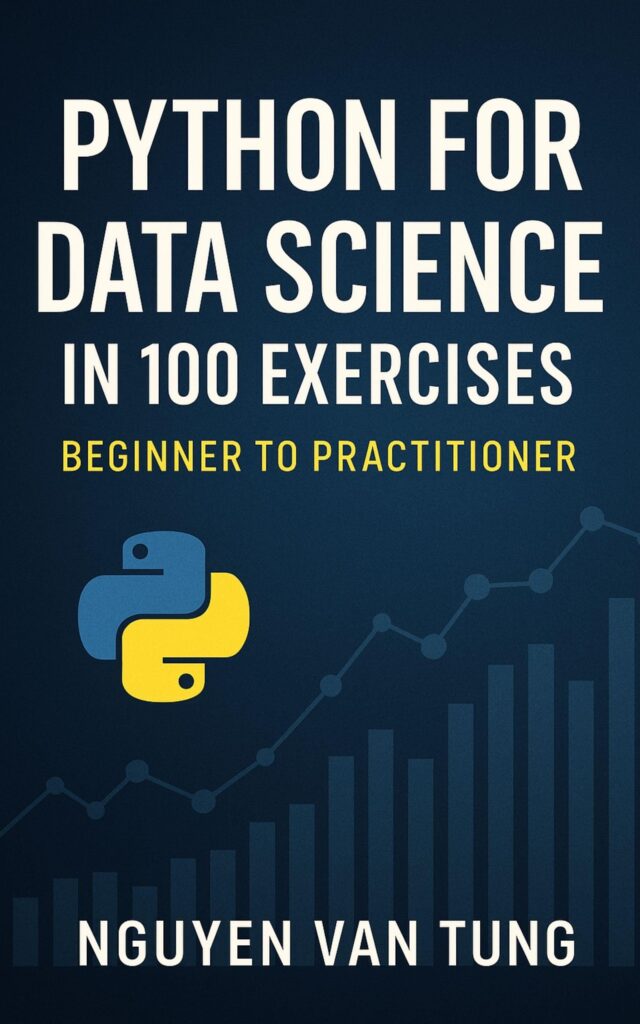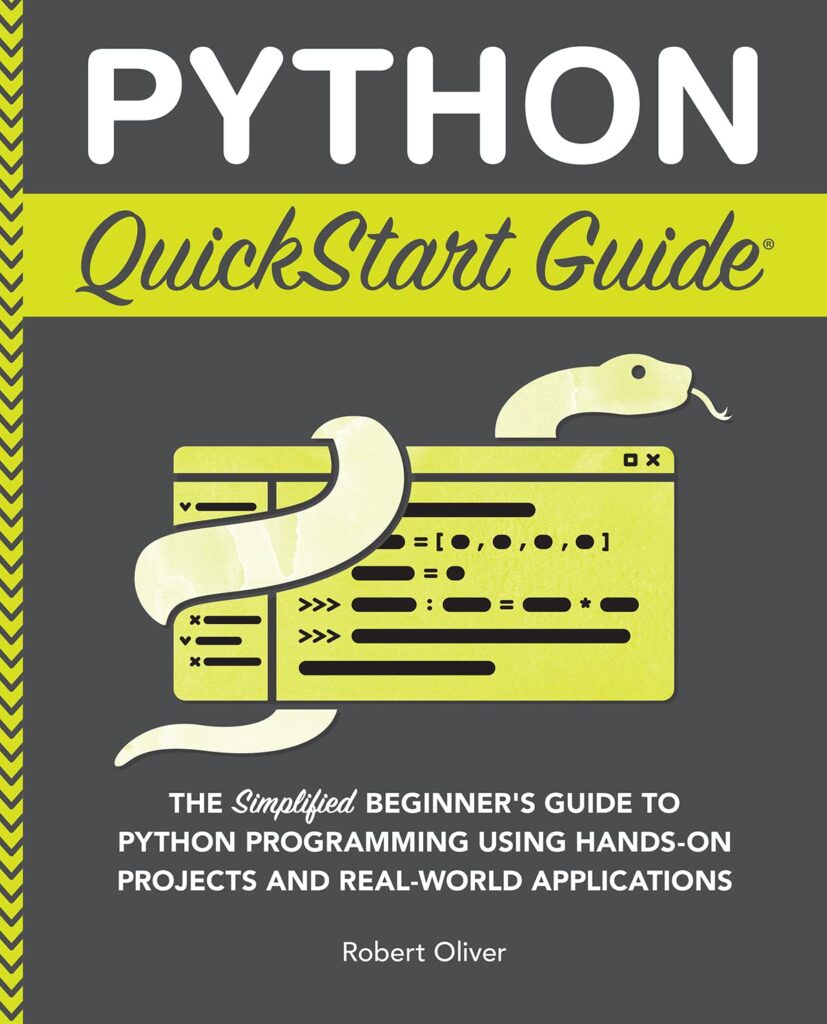
Time series data is a sequence of data points collected over time, typically at successive, equally spaced intervals. This type of data is fundamental in fields like economics, finance, and weather forecasting, where understanding patterns over time especially important. At its core, a time series consists of observations that are not independent; instead, they are linked by the passage of time, which introduces autocorrelation and temporal dependencies.
To grasp the fundamentals, consider the basic components that make up a time series. First, there’s the trend, which represents the long-term progression of the data, such as a steady increase in stock prices over years. Then, seasonality accounts for regular, periodic fluctuations, like higher ice cream sales during summer months. Additionally, cyclic behavior involves longer-term oscillations that aren’t fixed in length, such as business cycles in an economy. Finally, the irregular or random component includes noise and unforeseen events that add variability to the data.
Stationarity is another key concept; a stationary time series has statistical properties that don’t change over time, making it easier to model and forecast. For instance, if a series has a constant mean and variance, it is stationary, but many real-world series aren’t, requiring techniques like differencing to stabilize them. Let’s look at a simple example using Python to load and visualize a time series dataset.
import pandas as pd
import matplotlib.pyplot as plt
# Load a sample time series dataset
data = pd.read_csv('sample_data.csv', parse_dates=['Date'], index_col='Date')
print(data.head())
# Plot the data
data.plot()
plt.title('Sample Time Series')
plt.show()
Apple iPad 11-inch: A16 chip, 11-inch Model, Liquid Retina Display, 128GB, Wi-Fi 6, 12MP Front/12MP Back Camera, Touch ID, All-Day Battery Life — Blue
$354.00 (as of December 9, 2025 08:28 GMT +00:00 - More infoProduct prices and availability are accurate as of the date/time indicated and are subject to change. Any price and availability information displayed on [relevant Amazon Site(s), as applicable] at the time of purchase will apply to the purchase of this product.)Data Preparation for Forecasting
Once we have a grasp of the fundamentals, the next step is preparing the data for effective forecasting. Data preparation especially important because raw time series data often contains inconsistencies, missing values, or patterns that can mislead models. This process involves several key techniques to clean and transform the data into a suitable format for machine learning algorithms in TensorFlow.
Start by addressing missing values, which are common in time series due to irregular data collection. For instance, if your dataset has gaps, you can use methods like forward filling, where the last known value is carried forward, or interpolation to estimate missing points based on surrounding data. In Python, the Pandas library provides simpler tools for this. Here’s how you might handle it:
# Assuming 'data' is your DataFrame # Check for missing values print(data.isnull().sum()) # Forward fill missing values data = data.fillna(method='ffill') # Or interpolate data = data.interpolate()
After handling missing data, think resampling the time series to ensure uniformity. If your data isn’t collected at equal intervals, resampling can aggregate it to a standard frequency, such as daily or hourly. This helps in creating a stationary series. For example, if you have hourly data but want daily summaries, you can resample and take means or sums.
# Resample to daily frequency and take the mean
daily_data = data.resample('D').mean()
Decomposing the time series into its components—trend, seasonality, and residuals—is another vital preparation step. This allows you to model each part separately or remove unwanted elements. TensorFlow can work with preprocessed data, so using libraries like Statsmodels for decomposition first is often helpful. Once decomposed, you might detrend the data by differencing or using moving averages to stabilize the mean.
from statsmodels.tsa.seasonal import seasonal_decompose # Decompose the series result = seasonal_decompose(data['Value'], model='additive', period=12) result.plot() plt.show() # Extract the trend-adjusted series detrended = data['Value'] - result.trend
Building Models with TensorFlow
With the data prepared, we turn our attention to constructing models using TensorFlow, a powerful open-source library for numerical computation and machine learning. TensorFlow’s flexibility allows us to build and train neural networks tailored for time series forecasting, using architectures that handle sequential data effectively.
At the outset, recall that time series forecasting often requires models capable of capturing temporal dependencies, such as recurrent neural networks (RNNs) or long short-term memory (LSTM) networks. These models process sequences of data, learning patterns from past observations to predict future ones. In TensorFlow, we start by importing the necessary modules and preparing our dataset into a format suitable for training.
First, convert the prepared time series data into sequences. For instance, if we’re forecasting future values based on a window of past values, we need to create input-output pairs. This involves sliding a window over the data to generate samples. Here’s a basic way to do this in Python:
import numpy as np
# Assuming 'detrended' is your prepared series as a numpy array
def create_sequences(data, seq_length):
X, y = [], []
for i in range(len(data) - seq_length):
X.append(data[i:i+seq_length])
y.append(data[i+seq_length])
return np.array(X), np.array(y)
# Example: seq_length = 10
seq_length = 10
X, y = create_sequences(detrended.values, seq_length)
Once sequences are ready, split the data into training and testing sets, ensuring the temporal order is preserved to avoid look-ahead bias. TensorFlow’s Keras API simplifies model building; we can define a sequential model and add layers as needed. For a basic LSTM model, start with an input layer that matches the sequence length, followed by LSTM layers, and end with a dense output layer for predictions.
import tensorflow as tf from tensorflow.keras.models import Sequential from tensorflow.keras.layers import LSTM, Dense # Define the model model = Sequential() model.add(LSTM(50, activation='relu', input_shape=(seq_length, 1))) model.add(Dense(1)) model.compile(optimizer='adam', loss='mse') # Reshape X for LSTM (samples, timesteps, features) X = X.reshape((X.shape[0], X.shape[1], 1)) # Train the model model.fit(X, y, epochs=50, batch_size=32)
Evaluating and Refining Forecasts
Once the model is trained, assessing its accuracy is essential to understand how well it performs on new data. Common metrics for time series forecasting include Mean Absolute Error (MAE), which measures the average magnitude of errors in a set of predictions, and Root Mean Square Error (RMSE), which gives a sense of the standard deviation of the residuals. In TensorFlow, after fitting the model, generate predictions on the test set and compute these metrics to quantify performance.
To begin evaluation, split the sequences into training and testing subsets, ensuring the test set follows the training set in time. Use the trained model to predict values for the test set, then compare these predictions to the actual values. Here’s how to make predictions and calculate MAE using NumPy:
# Assuming you have X_test and y_test from your data split
# First, predict using the model
y_pred = model.predict(X_test)
# Flatten if necessary
y_pred = y_pred.flatten()
# Calculate MAE
from sklearn.metrics import mean_absolute_error
mae = mean_absolute_error(y_test, y_pred)
print(f'MAE: {mae}')
# Similarly, for RMSE
import numpy as np
from sklearn.metrics import mean_squared_error
rmse = np.sqrt(mean_squared_error(y_test, y_pred))
print(f'RMSE: {rmse}')
Refining the model often involves analyzing residuals, which are the differences between predicted and actual values. Plotting residuals can reveal patterns indicating model shortcomings, such as unaccounted seasonality or trends. If residuals show autocorrelation, it might suggest the need for more advanced models or additional features. Techniques like grid search for hyperparameter tuning can improve results by testing different configurations of the model architecture.
For instance, in TensorFlow, use Keras’s built-in tools to perform hyperparameter tuning. This process iterates over possible values for parameters like the number of units in LSTM layers or the learning rate, selecting the best based on validation performance. After evaluation, if metrics indicate poor generalization, ponder adding more layers or using dropout to prevent overfitting, as in the following code snippet that extends the model definition:
from tensorflow.keras.layers import Dropout # Updated model with dropout model_refined = Sequential() model_refined.add(LSTM(50, activation='relu', input_shape=(seq_length, 1), return_sequences=True)) model_refined.add(Dropout(0.2)) model_refined.add(LSTM(50)) model_refined.add(Dense(1)) model_refined.compile(optimizer='adam', loss='mse') # Train the refined model model_refined.fit(X, y, epochs=100, batch_size=32, validation_split=0.1)












